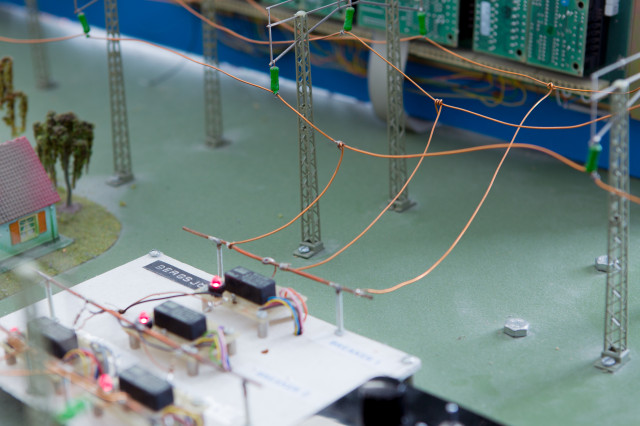The overall content of the course covers concepts, operation, analysis and design of analog-digital interfaces and their building blocks. The main focus of the course is on the following topics:
- CT filters
- Voltage comparators
- SH and other DT circuits
- Performance metrics for data converters
- Nyquist-rate digital-to-analog converters
- Nyquist-rate analog-to-digital converters
- Oversampling sigma-delta analog-to-digital and digital-to-analog converters
